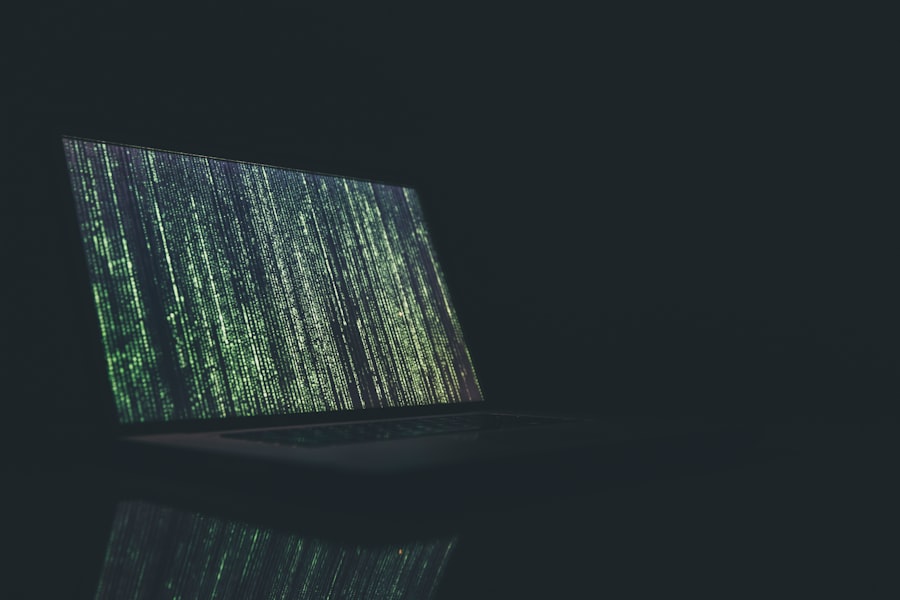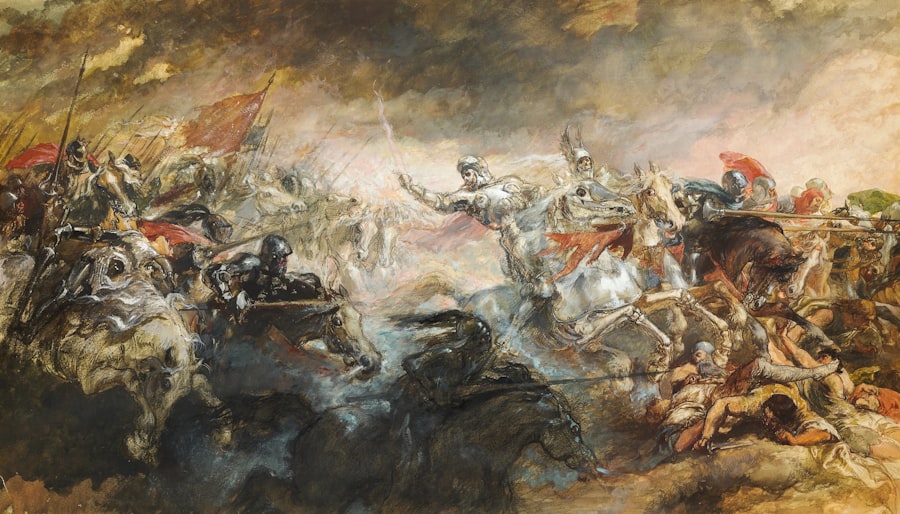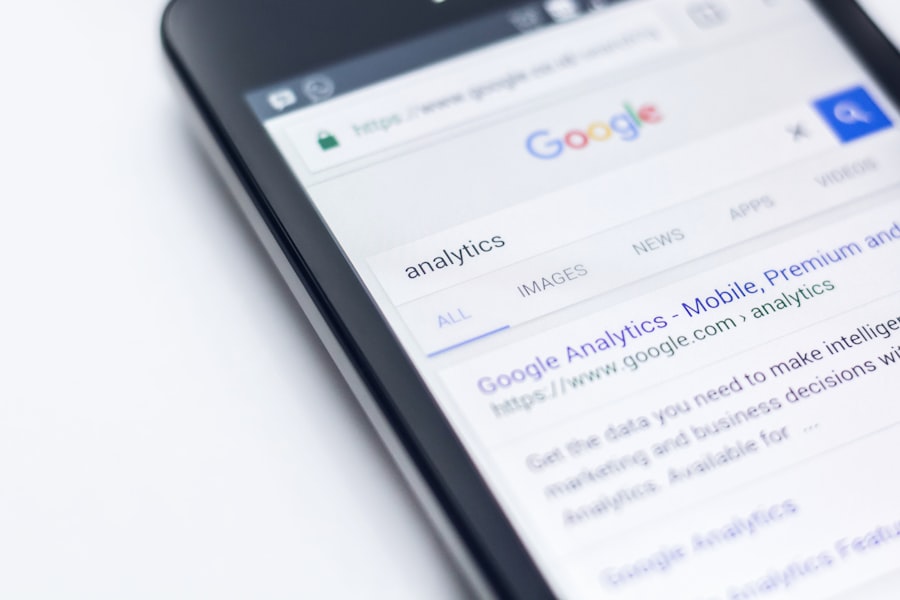Non-fungible tokens (NFTs) have emerged as a significant development in the digital realm, providing creators with a novel method to monetize their work. NFTs are unique digital assets stored on blockchain technology, ensuring their singularity and non-interchangeability. For musicians, NFTs offer an innovative approach to releasing music in an exclusive and collectible format.
By creating music as NFTs, artists can produce limited edition releases that can be purchased, sold, and traded on various NFT marketplaces. This not only generates a new revenue stream for musicians but also enables them to foster deeper connections with their fan base. The potential of NFTs to transform the music industry lies in their ability to facilitate a direct-to-fan distribution model, eliminating intermediaries and granting artists greater control over their work.
Through NFTs, musicians can offer exclusive content, unique experiences, and create scarcity around their music. This can result in increased fan engagement and loyalty, as well as the possibility of higher earnings. Furthermore, NFTs can assist artists in protecting their intellectual property rights and ensuring fair compensation for their work.
As the music industry continues to adapt to the digital age, NFTs present a promising avenue for musicians to connect with their audience and generate income.
Key Takeaways
- NFTs are a new way for musicians to monetize their music and connect with fans on a deeper level.
- Prepare your music for NFT release by ensuring it is high quality and has a unique story or concept behind it.
- Choose the right platform for NFT release based on its user base, fees, and support for music NFTs.
- Create limited edition and exclusive content to make your NFT music release more valuable and desirable to fans.
- Market and promote your NFT music release through social media, email newsletters, and collaborations with other artists to maximize its reach and impact.
- Manage royalties and copyrights with NFTs by using smart contracts to ensure fair compensation for all parties involved.
- Embrace the future of music distribution with NFTs by staying informed about new developments and opportunities in the space.
How to Prepare Your Music for NFT Release
Selecting the Right Music
The first step is to carefully choose which songs or albums to mint as NFTs. It’s essential to select music that is meaningful and valuable to fans, as well as content that is not readily available elsewhere.
Preparing Digital Files and Release Terms
Once the music has been selected, artists need to prepare the digital files for minting on the blockchain. This involves creating high-quality audio files, album artwork, and any additional digital assets that will be included with the NFT. Additionally, musicians must decide on the terms of the NFT release, including the number of copies to be minted, special perks or bonuses, and the pricing strategy.
Choosing an NFT Marketplace and Setting Up a Digital Wallet
Finally, artists need to select a suitable NFT marketplace for their release and set up a digital wallet to manage their NFTs. This will enable them to effectively distribute and track their NFTs.
By following these steps, musicians can maximize the potential of their NFT music release and ensure a successful launch.
Choosing the Right Platform for NFT Release

When it comes to releasing music as NFTs, choosing the right platform is crucial for success. There are several NFT marketplaces available, each with its own unique features and audience. Artists should carefully research and consider which platform aligns best with their brand and target audience.
Some popular NFT marketplaces for music releases include platforms like OpenSea, Rarible, and Foundation. These platforms offer a user-friendly interface for minting and selling NFTs, as well as access to a large community of collectors and fans. In addition to dedicated NFT marketplaces, musicians may also consider partnering with blockchain-based music platforms that specialize in NFT releases.
These platforms often provide additional features tailored specifically for music releases, such as integrated streaming services, fan engagement tools, and built-in royalty management. By choosing the right platform for their NFT release, artists can ensure that their music reaches the right audience and has the best chance of success in the competitive NFT market.
Creating Limited Edition and Exclusive Content
One of the key benefits of releasing music as NFTs is the ability to create limited edition and exclusive content for fans. In addition to the music itself, artists can include a range of digital assets with their NFT release, such as exclusive artwork, behind-the-scenes footage, lyric sheets, or even virtual meet-and-greets. By offering unique and valuable content alongside the music, artists can make their NFT releases more attractive to collectors and fans alike.
Limited edition NFT releases can also create a sense of scarcity and exclusivity around the music, driving up demand and potentially increasing the value of the NFT over time. This can be achieved by minting only a small number of copies of the NFT or by offering special perks or bonuses to early purchasers. By leveraging the unique features of NFTs, artists can create a more immersive and rewarding experience for their fans while also maximizing the potential earnings from their music releases.
Marketing and Promoting Your NFT Music Release
Once the music has been prepared and the NFT release strategy has been planned, it’s crucial for artists to effectively market and promote their NFT music release. This involves leveraging social media, email marketing, press outreach, and other promotional channels to generate buzz and excitement around the release. Artists may also want to consider partnering with influencers or other creators to help spread the word about their NFT release.
In addition to traditional marketing tactics, artists can also use the unique features of NFTs to drive interest in their release. For example, they can offer exclusive previews or sneak peeks of the music to early supporters, host virtual listening parties or live events for NFT holders, or create interactive experiences tied to the NFT release. By engaging with fans in creative and innovative ways, artists can build anticipation for their NFT music release and increase its chances of success in the competitive NFT market.
Managing Royalties and Copyrights with NFTs

Protecting Intellectual Property Rights
When releasing music as NFTs, it’s crucial for artists to carefully manage royalties and copyrights. This involves ensuring that all rights holders receive fair compensation for the use of their work and that any royalties generated from the sale or resale of the NFT are distributed fairly. Artists should also consider how copyright laws apply to NFT releases and seek legal advice if necessary to protect their intellectual property rights.
The Role of Blockchain Technology
Blockchain technology offers new opportunities for managing royalties and copyrights with NFTs through smart contracts. Smart contracts are self-executing contracts with the terms of the agreement directly written into code. This allows for automatic royalty payments to be distributed to rights holders whenever an NFT is sold or traded on the blockchain.
Streamlining Royalty Distribution
By leveraging smart contracts, artists can ensure transparency and fairness in royalty distribution while also streamlining the administrative process associated with managing royalties for their music releases.
Embracing the Future of Music Distribution with NFTs
In conclusion, NFTs have the potential to revolutionize music distribution by offering a new way for artists to release exclusive and collectible content directly to their fans. By carefully preparing their music, choosing the right platform, creating limited edition content, and effectively marketing their release, musicians can maximize the potential of their NFT music release. Additionally, by embracing blockchain technology and smart contracts, artists can ensure fair compensation for their work and protect their intellectual property rights in this new era of music distribution.
As the music industry continues to evolve in the digital age, it’s clear that NFTs offer an exciting new avenue for musicians to connect with their audience and generate income. By staying informed about this emerging technology and exploring its potential applications for music releases, artists can position themselves at the forefront of this innovative new landscape. With careful planning and strategic execution, musicians can leverage NFTs to create a more engaging and rewarding experience for their fans while also unlocking new revenue streams and opportunities for growth in the digital marketplace.
If you’re interested in learning more about the potential of NFTs in the music industry, be sure to check out this article on NFT-Newsletter.com discussing the latest developments and trends in the NFT space. Click here to read more about how NFTs are revolutionizing the way musicians release and monetize their music.
FAQs
What is an NFT?
An NFT, or non-fungible token, is a digital asset that represents ownership or proof of authenticity of a unique item or piece of content, such as artwork, music, videos, or collectibles, using blockchain technology.
How can musicians release their music as an NFT?
Musicians can release their music as an NFT by minting their music as a unique digital asset on a blockchain platform, such as Ethereum. This process involves creating a digital certificate of ownership for the music, which can then be bought, sold, or traded by fans and collectors.
What are the benefits of releasing music as an NFT?
Releasing music as an NFT allows musicians to directly connect with their fans and create new revenue streams. It also provides a way for musicians to retain ownership and control over their music, as well as potentially benefit from future sales of the NFT.
Are there any risks or challenges associated with releasing music as an NFT?
Some potential risks and challenges of releasing music as an NFT include the volatility of the cryptocurrency market, the environmental impact of blockchain technology, and the need for a solid understanding of how NFTs and blockchain platforms work.
How can musicians ensure the success of their music NFT release?
To ensure the success of their music NFT release, musicians should carefully plan their marketing and promotion strategy, engage with their fan base, and consider collaborating with experienced NFT creators or platforms to maximize exposure and reach potential buyers.



























